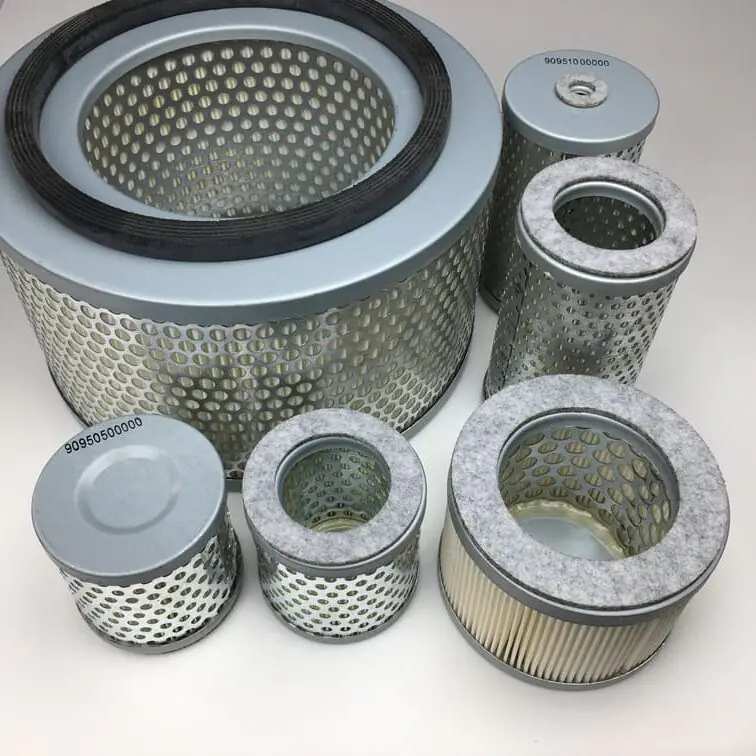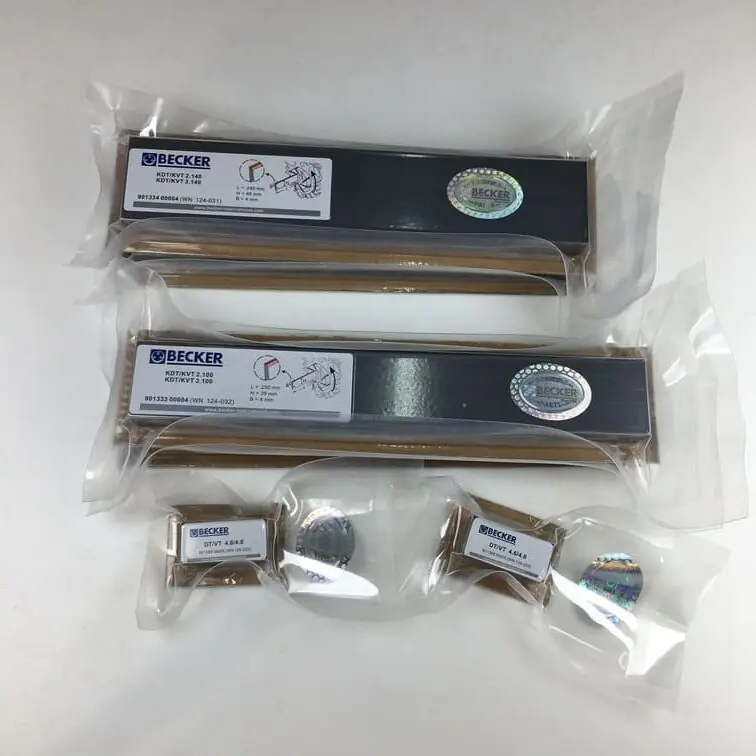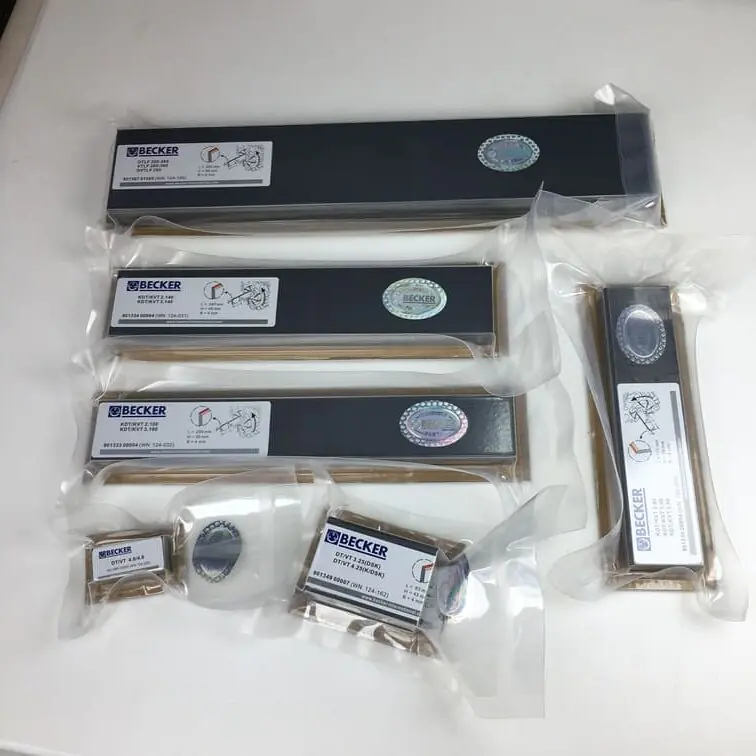How Much is a 10 CFM Vacuum Pump?
When it comes to vacuum pumps, choosing the right size and capacity can make a world of difference for your project. One of the most commonly sought-after capacities is the 10 CFM vacuum pump. Whether you’re a professional needing it for an HVAC application, or someone exploring its use for automotive or industrial purposes, understanding the cost and the factors influencing it is crucial. In this article, we will explore everything about 10 CFM vacuum pumps: how much they cost, the different types available, and what you should consider before buying one.
What is a 10 CFM Vacuum Pump?
A 10 CFM (Cubic Feet per Minute) vacuum pump is a type of pump that can move 10 cubic feet of air per minute, which makes it a popular choice for applications that need moderate air movement capacity. Vacuum pumps are used in a variety of industries, from HVAC systems and medical equipment to automotive and manufacturing industries.
The capacity of a vacuum pump is essential when determining its efficiency and the scope of its intended use. A 10 CFM vacuum pump strikes a balance between being robust enough for serious applications while remaining reasonably affordable for small and medium-scale uses.
Types of 10 CFM Vacuum Pumps
There are several types of vacuum pumps that have a capacity of 10 CFM, and each type serves a unique function based on its design and application:
- Rotary Vane Vacuum Pumps: These are commonly used in automotive, refrigeration, and HVAC industries. They use vanes that rotate in a chamber to create suction.
- Diaphragm Vacuum Pumps: These pumps work by moving air with a diaphragm, making them ideal for applications requiring an oil-free environment.
- Oil-Sealed Rotary Pumps: These pumps are lubricated with oil to achieve a high vacuum level. They require regular oil changes to maintain efficiency.
Internal Link: If you’re interested in learning more about the different types of vacuum vanes, take a look at our detailed guide on Becker Set of Vacuum Vanes.
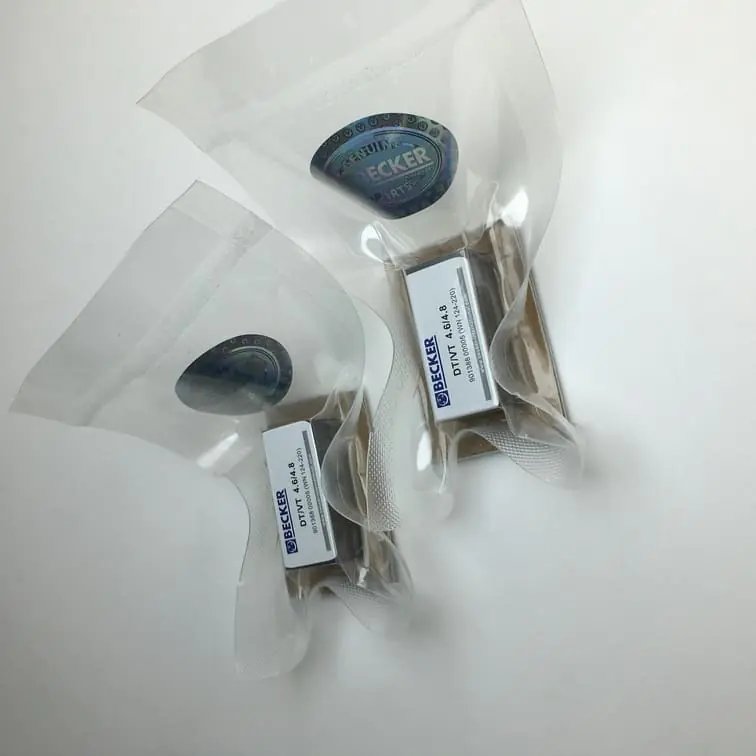
Applications of a 10 CFM Vacuum Pump
A 10 CFM vacuum pump is widely versatile and suitable for many applications, including:
- HVAC Systems: It is used to create a vacuum to ensure that no air, moisture, or impurities are left in the system before adding refrigerant.
- Automotive Maintenance: It helps in servicing car air conditioning systems, evacuating moisture, and ensuring a clean environment.
- Laboratory Settings: It’s used in various laboratory procedures that require a stable and consistent vacuum level.
- Manufacturing Processes: Used for holding parts in place, removing air from molds, or operating pneumatic machinery.
Factors Affecting the Cost of a 10 CFM Vacuum Pump
The price of a 10 CFM vacuum pump can vary widely based on a range of factors. Typically, the cost can range from $150 to $700, with some high-end models going beyond $1000. Let’s explore the primary factors influencing these prices.
1. Type of Pump
- Oil-Based vs. Oil-Free Pumps: Oil-free pumps, like diaphragm vacuum pumps, tend to be more expensive due to their clean operation and reduced maintenance. On the other hand, oil-sealed rotary vane pumps are more affordable but require periodic oil changes to maintain peak efficiency.
- Brand and Manufacturer: Reputable brands such as Becker, Busch, and Rietschle are known for their reliability and quality but come with a higher price tag.
2. Features and Build Quality
- CFM Capacity: While we’re focusing on a 10 CFM pump, additional features like the backlit oil reservoir, advanced filtration, and oil change systems can significantly increase the price.
- Motor Specifications: Some pumps come with a high-quality HP DC motor, which improves efficiency but can increase costs. Moreover, the type of material used, such as aluminum versus stainless steel, also plays a role in determining the final price.
3. Condition
- New vs. Used: A brand-new 10 CFM vacuum pump will naturally be more expensive compared to a used one. If you’re buying a used pump, check for warranty, past maintenance, and the current condition of carbon vanes and other internal components.
Internal Link: To check out high-quality spare parts for vacuum pumps, please visit our vacuum pump spare parts page.
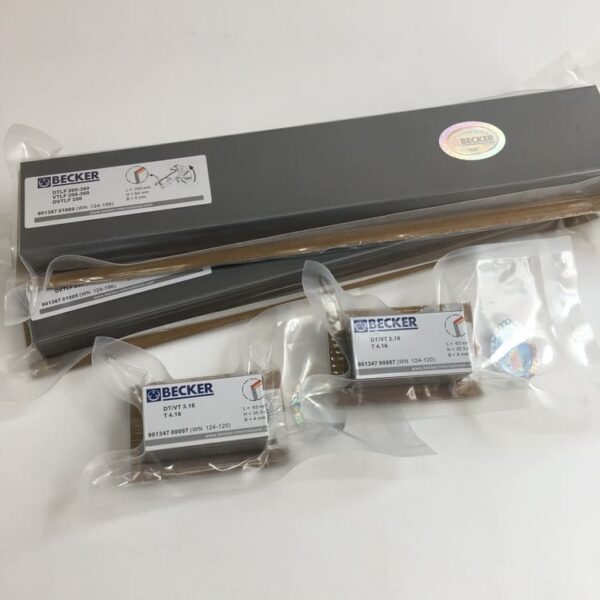
4. Warranty and After-Sales Service
Warranty and customer support can significantly impact the price of a vacuum pump. Brands offering longer warranties and better after-sales services are generally priced higher, but they provide value in the form of longevity and reliability.
Cost Breakdown: Examples of 10 CFM Vacuum Pump Prices
Below is a table that shows typical costs based on different types and brands of 10 CFM vacuum pumps:
| Brand | Type | Price Range (USD) | Features |
|---|---|---|---|
| Becker | Rotary Vane Pump | $400 – $700 | Requires oil changes, reliable |
| Busch | Diaphragm Pump | $500 – $900 | Oil-free, reduced maintenance |
| Rietschle | Oil-Sealed Rotary | $300 – $600 | High CFM, requires regular oil |
| Generic Brands | Oil-Free (China-Made) | $150 – $350 | Basic features, affordable |
Note: Prices can vary based on regional availability, promotional discounts, and additional accessories.
Should You Buy a 10 CFM Vacuum Pump?
When deciding whether a 10 CFM vacuum pump is the right choice for your needs, it’s important to assess your requirements, budget, and the intended application.
Pros of a 10 CFM Vacuum Pump
- Versatility: It offers a good balance between size and capability, making it perfect for a wide range of uses.
- Availability: 10 CFM is a common capacity, which means you’ll find numerous options on the market from well-established brands.
- Affordable: Compared to higher-capacity models, a 10 CFM pump is more economical while still providing enough power for small-to-medium jobs.
Cons of a 10 CFM Vacuum Pump
- Not Suitable for Large Applications: If you need to handle larger systems or more intensive industrial processes, a 10 CFM vacuum pump might not provide enough capacity.
- Requires Regular Maintenance: Some models, especially oil-sealed ones, require regular oil changes and carbon vane replacements to ensure proper functioning.
Internal Link: For details about oil filters and how they help maintain your vacuum pump, check out our Becker Air Filter.
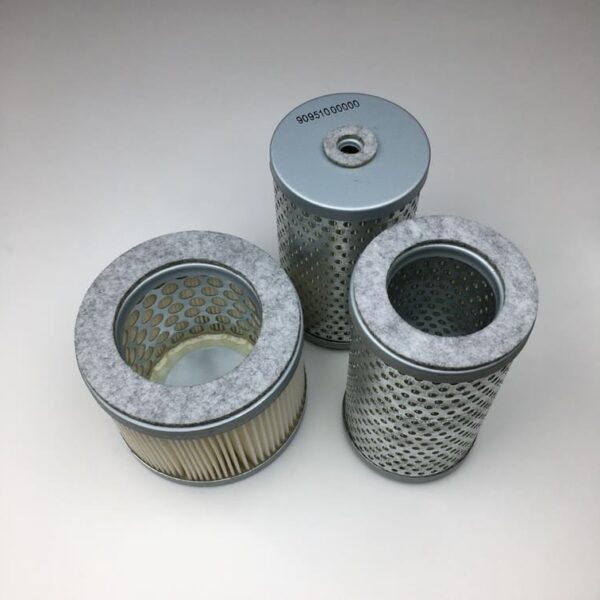
How to Maintain Your 10 CFM Vacuum Pump
Proper maintenance is the key to ensuring that your vacuum pump runs efficiently for many years. Here are some maintenance tips:
1. Oil Changes
For oil-based pumps, regular oil changes are essential to prevent the buildup of contaminants that can affect the vacuum level. Typically, you should change the oil every 3-6 months, depending on usage frequency and the pump’s workload.
2. Carbon Vane Inspection and Replacement
The carbon vanes inside a rotary vane pump play a significant role in maintaining a vacuum. Over time, these vanes can wear down, which leads to decreased performance. Regular inspection and replacement are recommended.
3. Checking Filters
Filters are crucial for keeping contaminants out of your vacuum pump. Make sure you inspect and replace filters as per the manufacturer’s recommendation to avoid pump failure.
Tip: It is always better to use original parts or high-quality alternatives to maintain the lifespan of your vacuum pump.
Where to Buy a 10 CFM Vacuum Pump?
1. Online Retailers
Websites like Amazon, eBay, and specific retailer sites for brands like Becker, Busch, and Rietschle provide options to purchase vacuum pumps online. Many of these platforms allow customers to compare models, read reviews, and choose a pump based on their specific needs.
2. Specialized Suppliers
Suppliers specializing in HVAC or industrial equipment often carry high-quality vacuum pumps. These suppliers may offer additional services such as installation, servicing, and warranties that online retailers do not.
3. Direct from Manufacturer
Buying directly from the manufacturer or their authorized distributor can ensure authenticity and might provide you with a better warranty. Brands like Becker often provide attractive post-sale services when bought directly.
FAQs
1. How much does a 10 CFM vacuum pump typically cost?
A 10 CFM vacuum pump generally costs between $150 and $700, depending on the brand, type, features, and condition (new or used).
2. Do I need an oil-based or oil-free vacuum pump?
The decision depends on your application. Oil-based pumps offer better efficiency but require regular maintenance, while oil-free pumps are cleaner and require less upkeep.
3. Can a 10 CFM vacuum pump handle HVAC systems?
Yes, a 10 CFM vacuum pump is typically sufficient for servicing HVAC systems, especially in residential or light commercial settings.
4. How often should I change the oil in a vacuum pump?
For an oil-sealed rotary vane vacuum pump, you should change the oil every 3-6 months or after heavy use. Always refer to the manufacturer’s guidelines.
5. Is a 10 CFM vacuum pump suitable for laboratory use?
Yes, a 10 CFM vacuum pump is often used in laboratories for general applications such as degassing, drying, and other processes that require moderate vacuum pressure.
Conclusion
A 10 CFM vacuum pump is an excellent choice for a range of applications, from HVAC maintenance to automotive use and even laboratory settings. Understanding the cost, types, and features of different vacuum pumps helps you make an informed decision. Whether you need an oil-sealed rotary vane pump for its efficiency or an oil-free pump for cleaner operation, this guide should help you understand your options and choose the right pump for your needs.
Proper maintenance of your vacuum pump, including oil changes, vane inspection, and filter replacements, ensures optimal operation and longevity. Investing in a high-quality vacuum pump from a reputable brand like Becker or Busch might be more expensive initially, but it provides long-term reliability and performance.
For additional resources and a range of spare parts to keep your vacuum pump in top condition, be sure to visit vacuumpumppart.com. We provide an extensive selection of high-quality components to suit all your vacuum pump needs.

